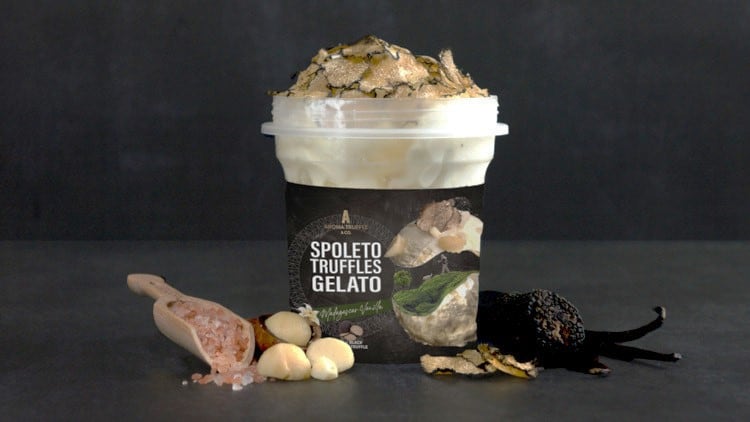While many firms focused on western markets are driven primarily by novelty or exoticism when creating new flavours for either new or existing product lines, in the Asia Pacific region this flavor innovation process is primarily driven by culture and localisation factors.
“In APAC, there is already a definite trend towards the development of products with a healthier focus such as plant-based or probiotics-enriched and so on, but within this product development, the flavour focus is becoming increasingly localised to suit the palates of consumers in different countries here,” Daniel Protz, CEO and Founder of international sensorial research firm FlavorWiki told FoodNavigator-Asia.
“Of course there are the various microtrends like spicy or fruity and the like, but these are all nowhere near as transformative as the overall localisation trend, which is very prominent here in this region.
“This is because many cultures and big economies in the APAC region such as South Korea and Indonesia are still quite homogeneous in their diets and consumer palates, so flavour innovation very much needs to focus on adapting even the most interesting or novel of products to local tastes.
“This is unlike cultures in the west such as the US or UK or France where the F&B scene is basically a melting pot of cultures and consumers are seeking out either a very novel flavour or a very authentic flavour – in homogenous cultures, the preference is mostly still for local flavours [so product manufacturers] need to move away from that and innovate accordingly.”
FlavorWiki works with many major brands such as CP Foods, CJ Cheiljedang, Mondelez, Nestle, PepsiCo and more in their product innovation, and observes that big brands such as these are aware of the importance of localisation.
“We are increasingly seeing both multinational brands and huge national brands like CP Foods and CJ willing to make the investments required to obtain the necessary insights to understand local needs,” said Protz.
“So definitely the bigger brands are well aware of this trend in this region, and know that flavour localisation is crucial to product success here – but there are many small brands that still underestimate the importance of local culture when trying to enter the APAC market.
“Whether it is due to the flavours, the ingredients, the texture, the mouthfeel, or anything else, the preferences of consumers in different markets in the region are different, and definitely a product is not going to automatically see success here just because, say, it was a roaring success in the United States, e.g. sriracha-flavoured chips may not have as strong an impact in a market where spicy flavours are the norm even if it did well [in the west].”
Technology as the great enabler
FlavorWiki utilises AI technology to conduct its research and analysis, and believes that in this area technology has made a significant difference in terms of giving food brands the information required to proceed with their innovation.
“Many multinational food and beverage companies [that previously had a stronger focus on their home or western markets] are actually looking at entering the China market as well as other APAC markets. Many of these previously already had presence in these countries, but are now seriously looking at these as huge growth markets, e.g. Indonesia due to the enormous growth potential,” said Protz.
“So they are really trying to understand these markets better, and our technology has an edge over traditional research methodologies as the latter may not be so easily accessible in some of these markets, for example central location testing (CLT – a survey method where subjects are asked to come to a particular venue to complete a survey or interview) may not be so common in Vietnam or Indonesia.
“But with AI, we are able to do this and help companies digitise their information as well as use more digital tools to get the sensorial feedback required to look closely at for example flavour data to guide product development, and thus speed up the innovation cycle.”
Other uses for this technology include competitive mapping, to test various products in a particular category and build a map on consumer preference drivers and figure out where a brand sits amongst the competition; or loss of market share analysis to find out reasons for a previously well-known winning product losing out on market share and identifying possible issues such as price, marketing, consumer awareness and so on.
“Consumers have so many different attribute preferences when it comes to food – from taste and texture and flavour and smell and all of these other intangible attributes that are difficult to describe,” said Protz.
“This technology allows them to describe these attributes in a way that's easy quantifiable, so this descriptive information can accurately depict the sensorial experience that a consumer is having – and identifying here what works and what doesn’t is crucial to launching a successful product.”





